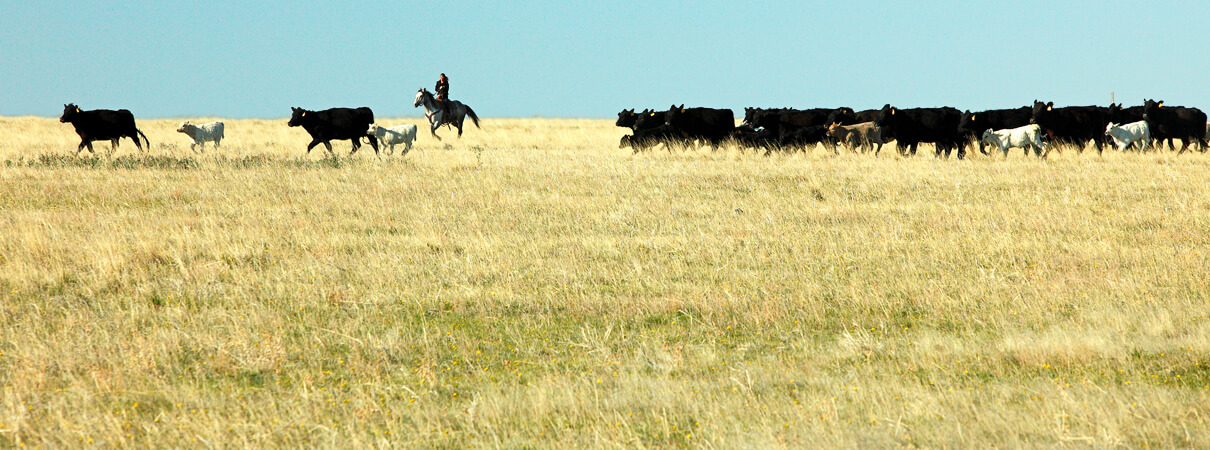Curlews Guide Grassland Conservation on the Northern Great Plains
In the wide open spaces of the Northern Great Plains, the Long-billed Curlew stars in a grassland conservation effort that is helping other birds—and people—at the same time. There, ABC's Cheryl Mandich is assisting private landowners in efforts to enhance habitat for grassland birds while maintaining their livelihoods on working lands.
“If we improve habitat for the curlew, we improve habitat for a lot of birds,” Mandich says. And there's no mistaking the bold bird with a long, curved bill, she adds. “It's a large bird people can recognize. It's loud. It's very territorial.”
As our Northern Great Plains Conservation Coordinator, Mandich is based out of a Natural Resources Conservation Service office in North Dakota. The continued decline of birds that require grasslands to survive has resulted in the Long-billed Curlew becoming a focus of conservation by every level of government in the United States and Canada, as well as a major conservation effort in Mexico.
And in fact, Mandich's work is a piece of a much bigger picture: a multinational, partner-based effort to maintain and restore the health of North America's grasslands and prairies for migratory birds, wildlife, and people.
Sustainable Guidelines for Birds—and Livestock
Part of ABC's contribution to this effort are guidelines for how landowners can make important enhancements to their land. These “recommended management actions” call on landowners to take several actions: halt the conversion of prairie grasslands, manage grazing appropriately, use native plant material to restore grasses, avoid disturbing the land during periods when birds are nesting, and minimize the use of herbicides and pesticides.

Long-billed Curlew, Dennis Molenaar/Shutterstock
Strategic grazing of domestic livestock in Mandich's region—Wyoming, Montana, and the Dakotas—is part of the solution. A variety of grazing systems give landowners flexibility to provide the various habitat structures required by a suite of grassland birds while also meeting the needs of livestock. In addition, implementing other recommended management actions helps to maintain or improve soil health and water quality for future generations.
“If you think about bison or buffalo, when they graze they don't stay in one area. They graze and they move on. So you get this mosaic of habitat,” Mandich says. “The closest we can come to that with domestic livestock is rotational grazing. It's mimicking, as much as possible, the bison grazing.”
By using livestock to enhance the habitat, ranchers can create shorter grasses by having cattle graze a little bit longer. Moving cattle from pasture to pasture can bring about taller grasses of different heights for birds that need them.

Northern Great Plains, Todd Klassy/Shutterstock
For Mandich, the work is personal. She grew up in a farming community and respects those who make a living off the land. But she got into this work “because wildlife and habitat is very important to me, and I want it to be available for future generations,” Mandich says. Now she's contributing to both.
Editor's note: An earlier version of this article first appeared in the fall 2015 edition of Bird Conservation magazine.
 Libby Sander is Senior Writer and Editor at American Bird Conservancy. As a journalist, she covered a variety of beats in Chicago and Washington, D.C., writing news stories and award-winning features for The New York Times, the Washington Post, and The Chronicle of Higher Education. You can follow her on Twitter at @libsander.
Libby Sander is Senior Writer and Editor at American Bird Conservancy. As a journalist, she covered a variety of beats in Chicago and Washington, D.C., writing news stories and award-winning features for The New York Times, the Washington Post, and The Chronicle of Higher Education. You can follow her on Twitter at @libsander.


















































